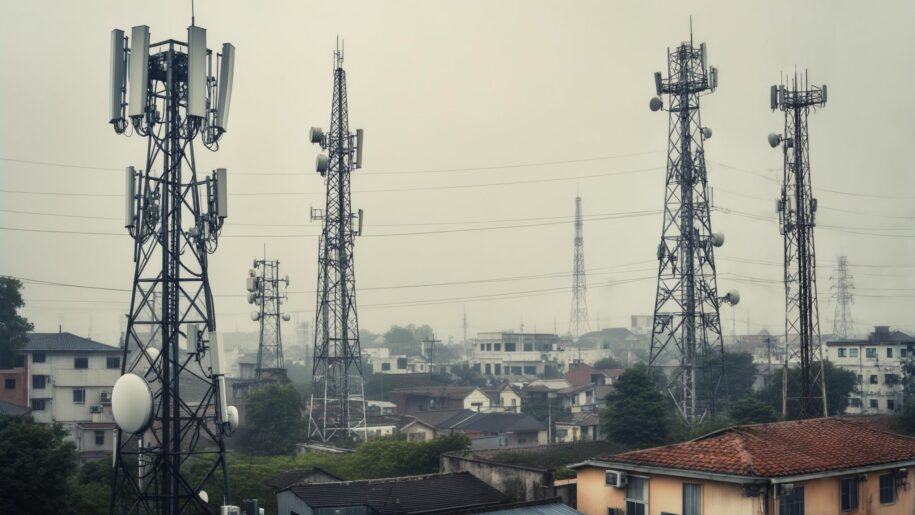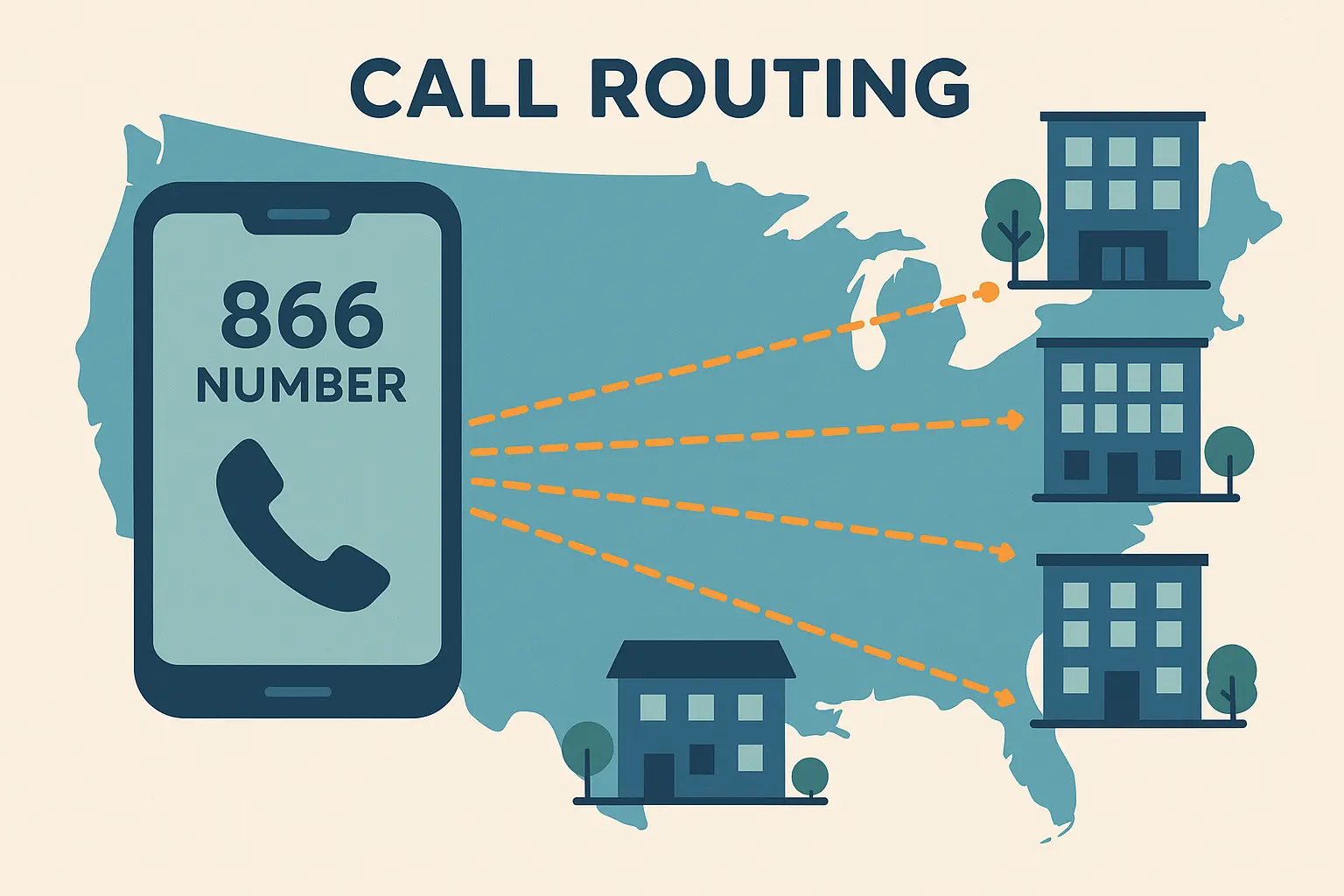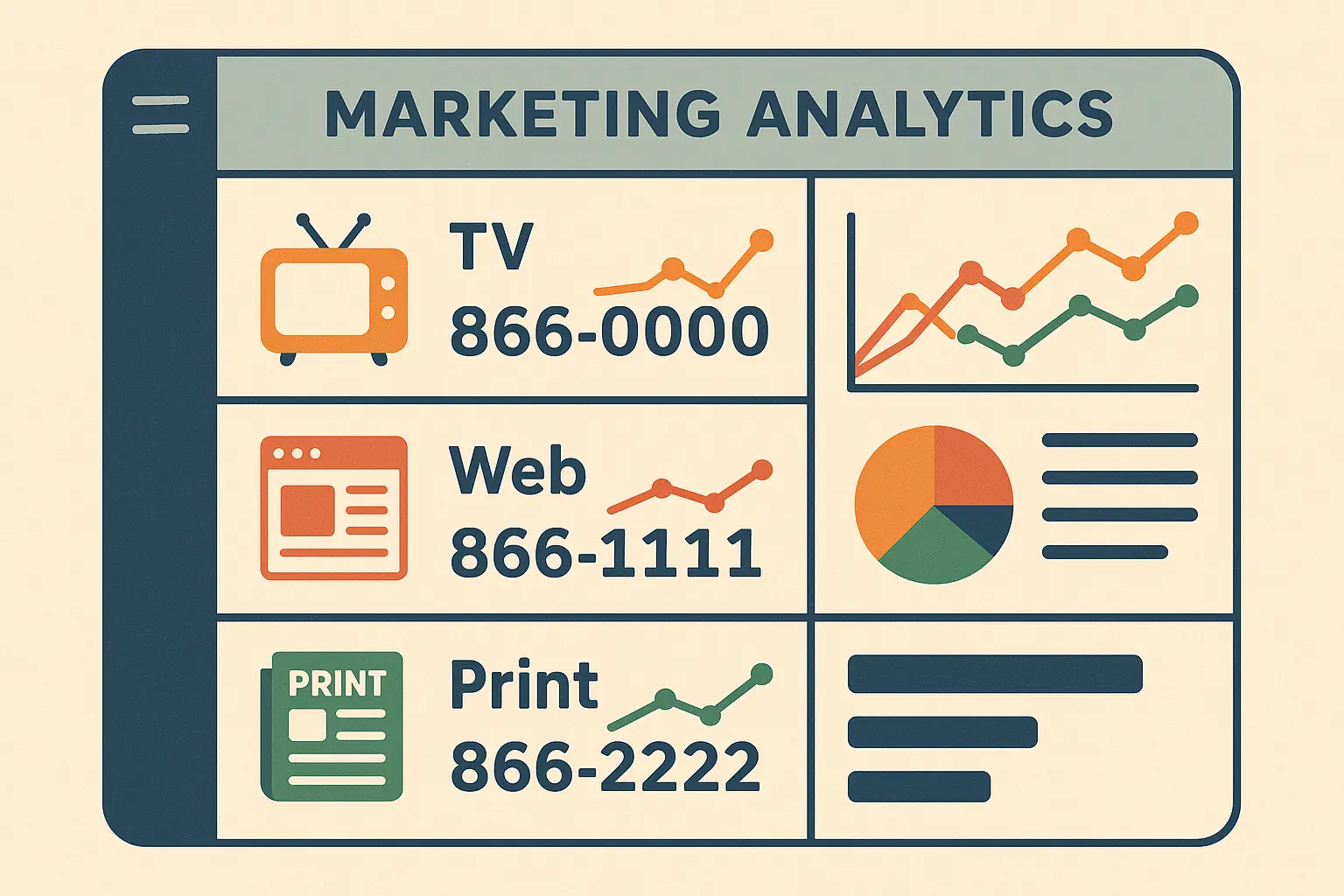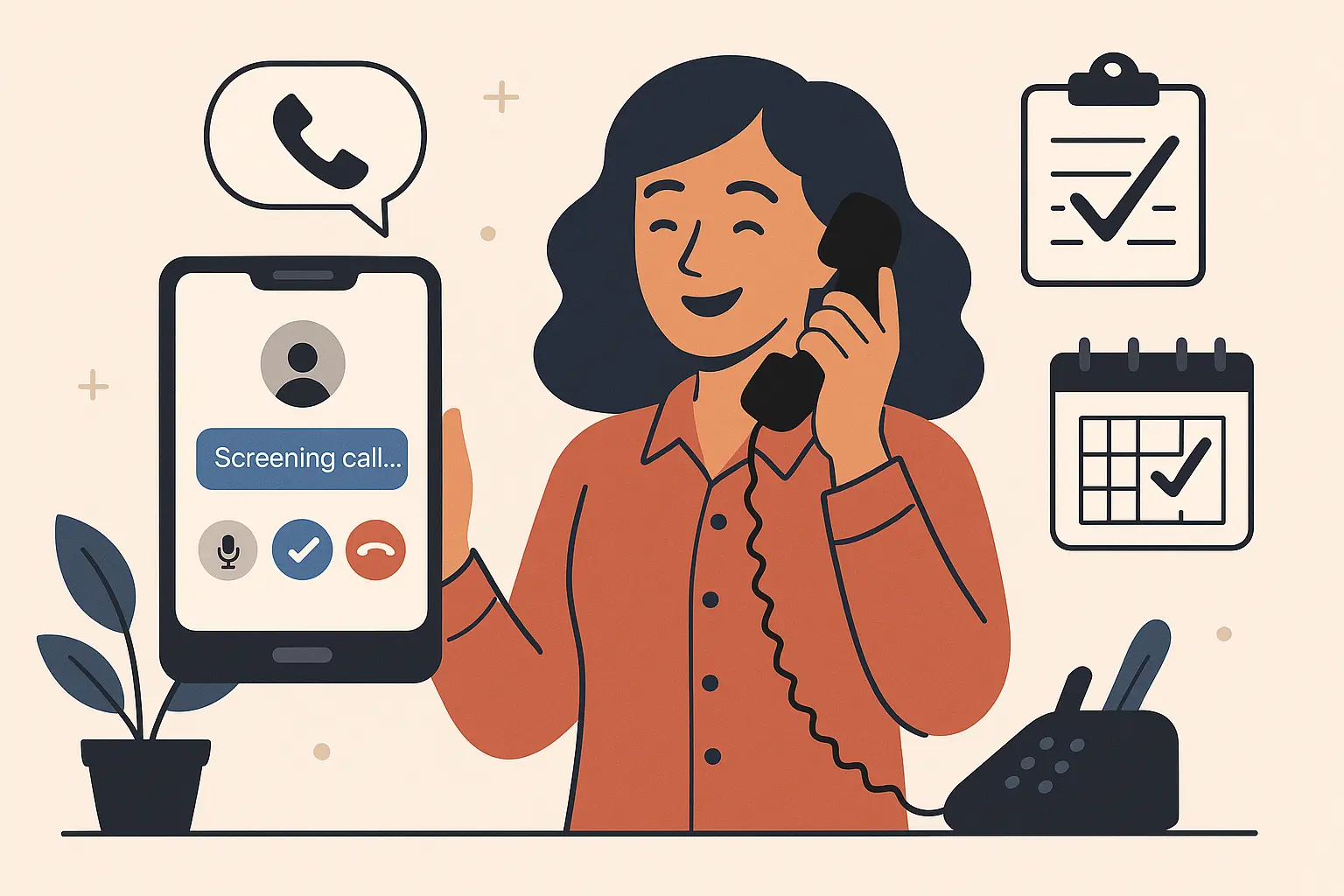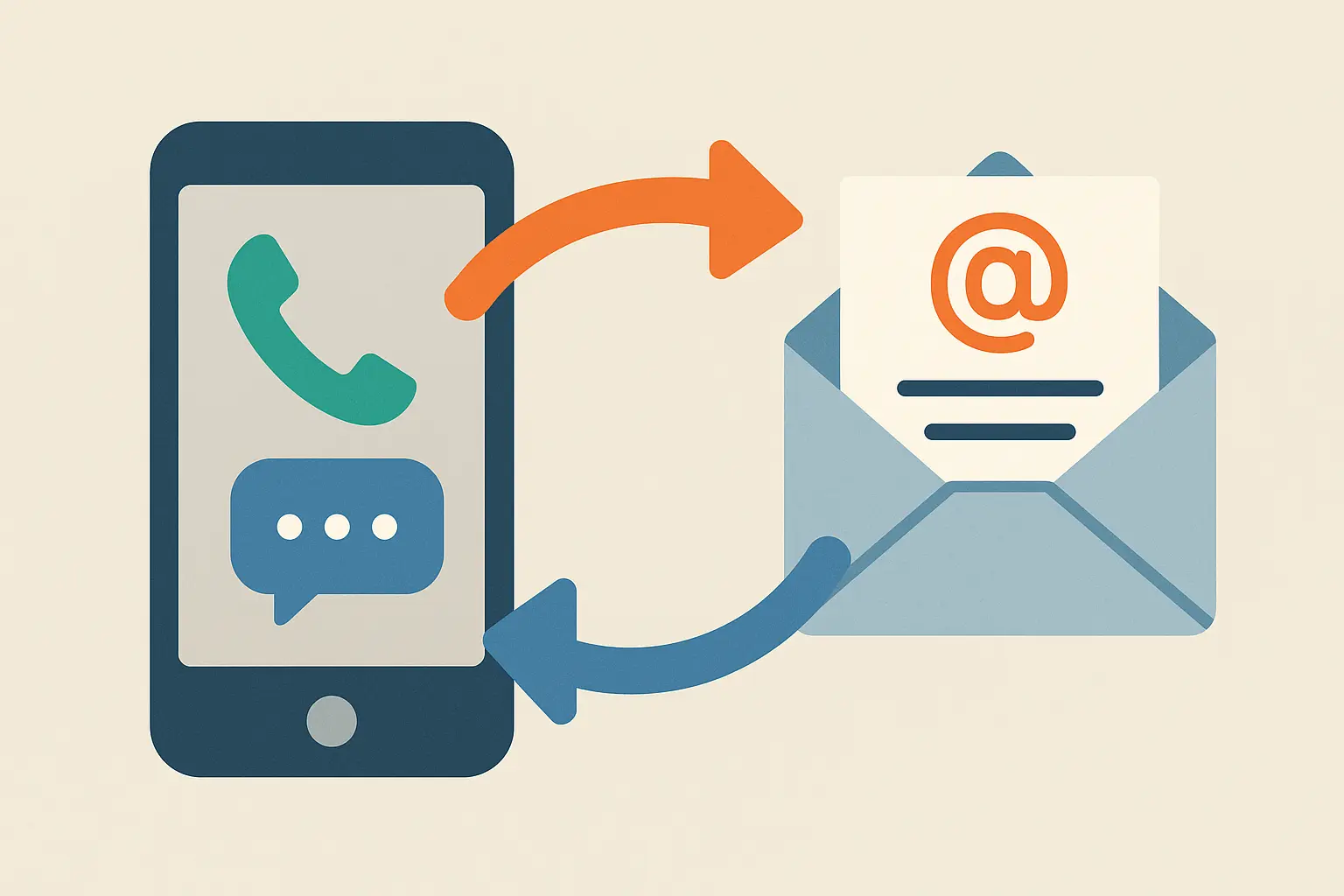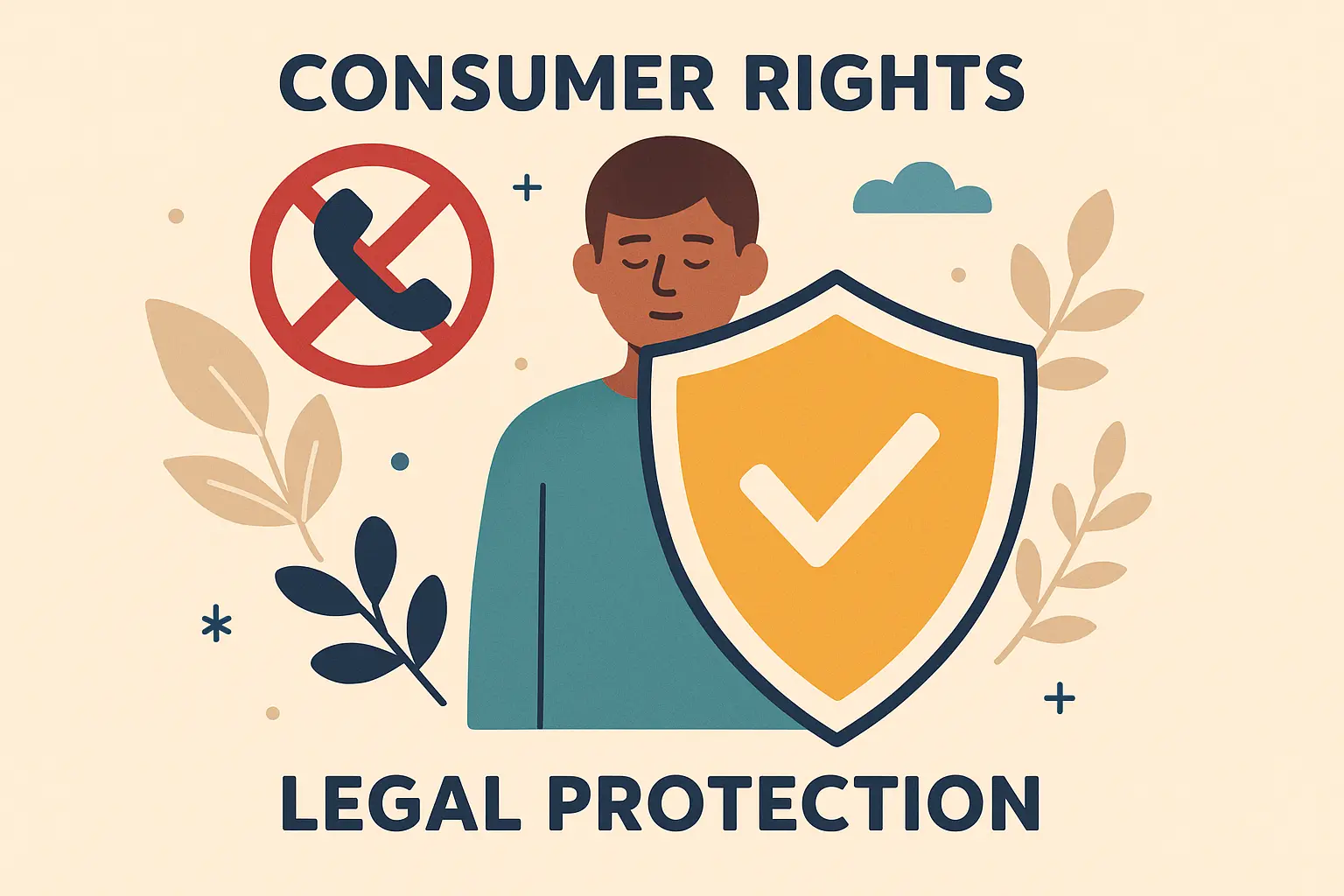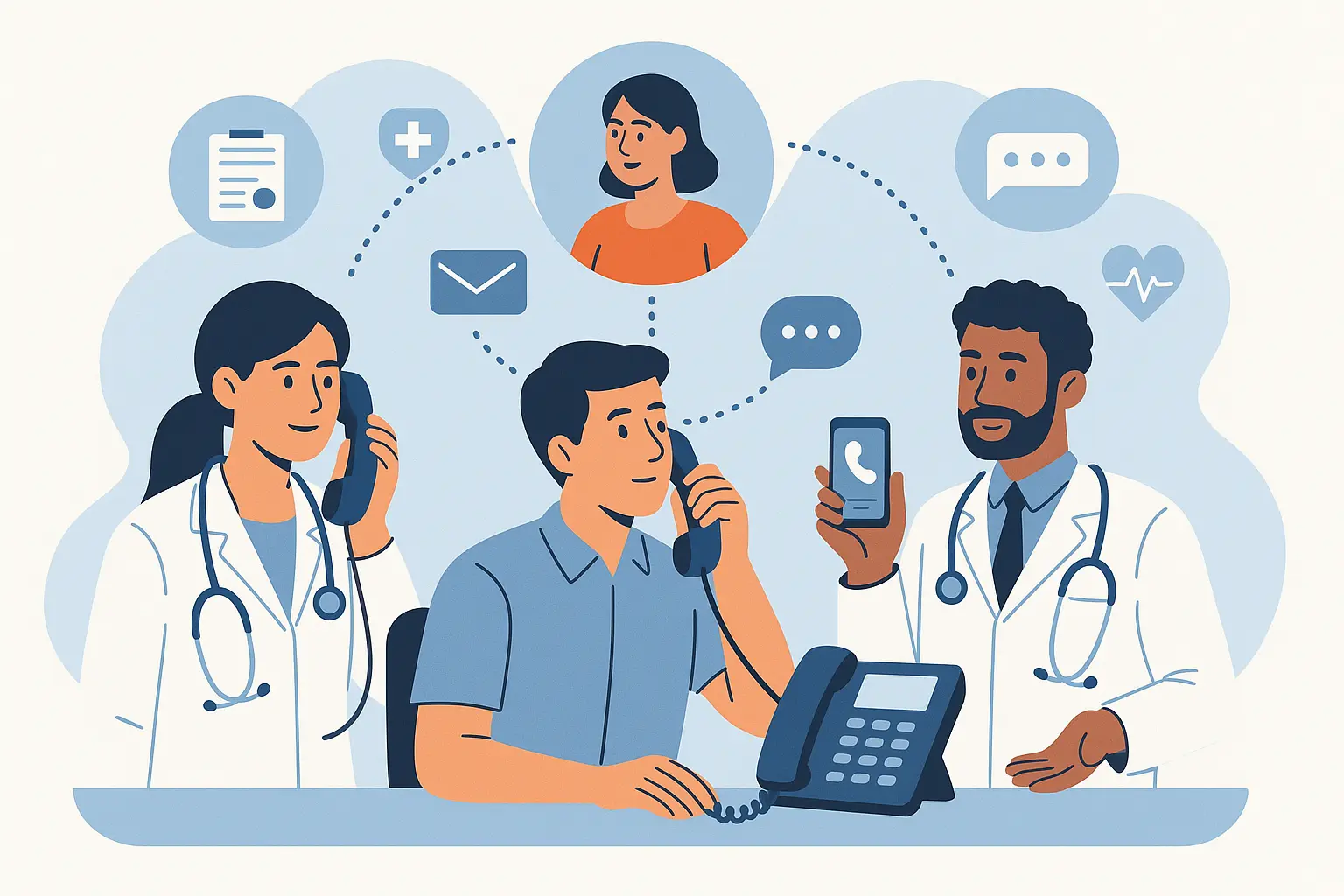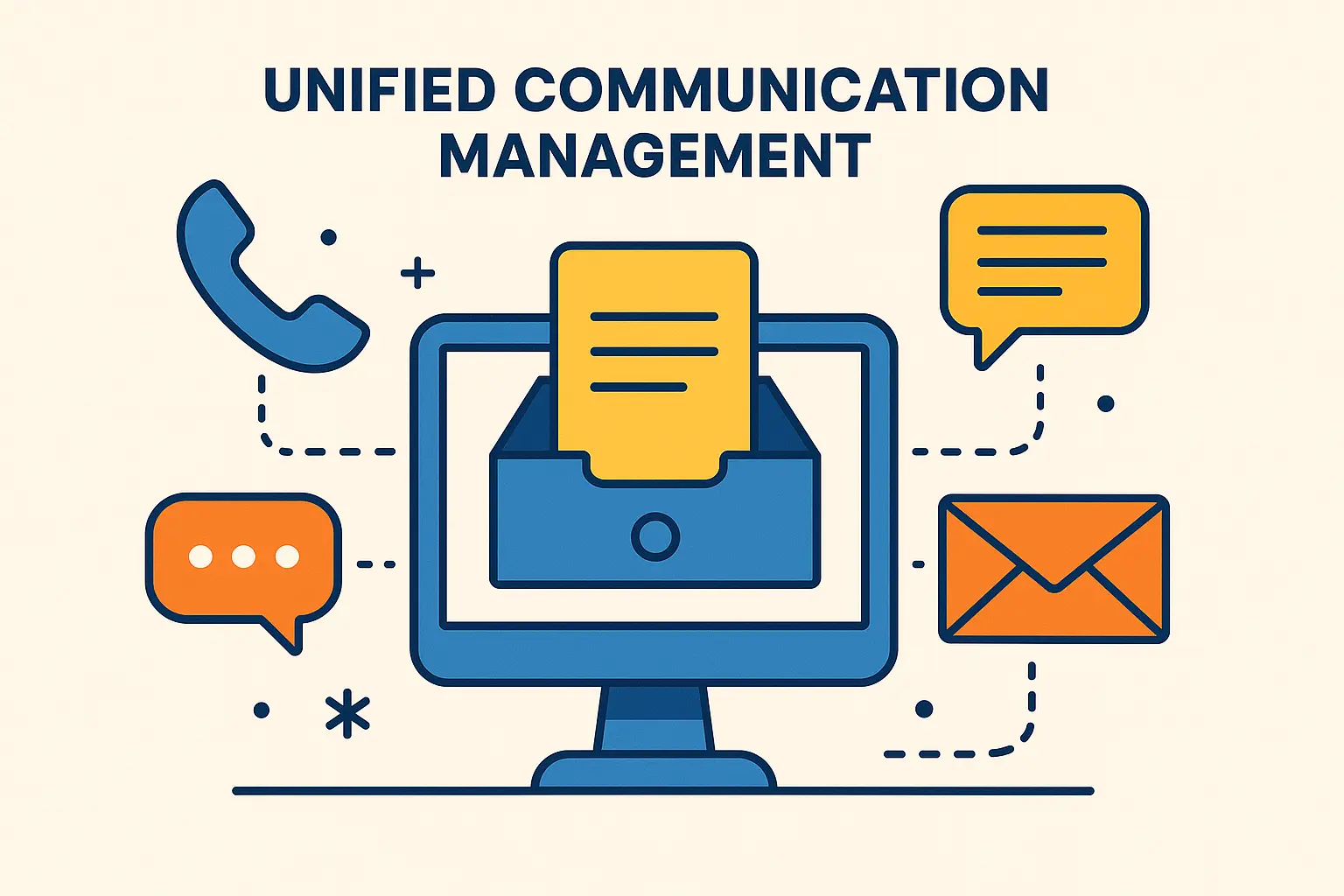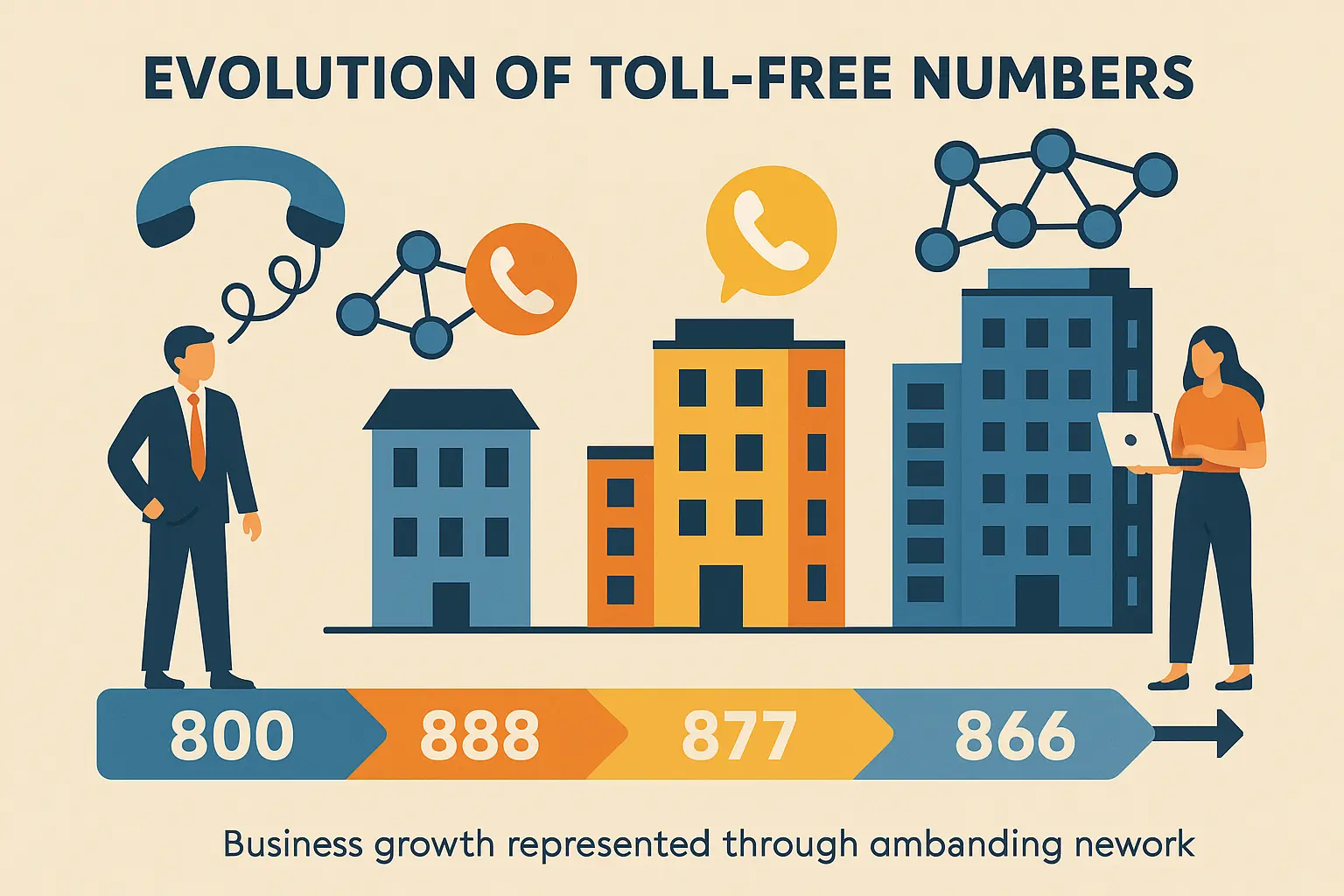My phone won’t stop ringing with 866 calls. Sound familiar? Here’s what I figured out about why these numbers keep calling us – and more importantly, how to deal with them.
The volume makes sense when you consider that over 41 million toll-free numbers are currently in use or reserved across the U.S. and Canada, according to WTOP. No wonder these calls have become part of our daily routine.
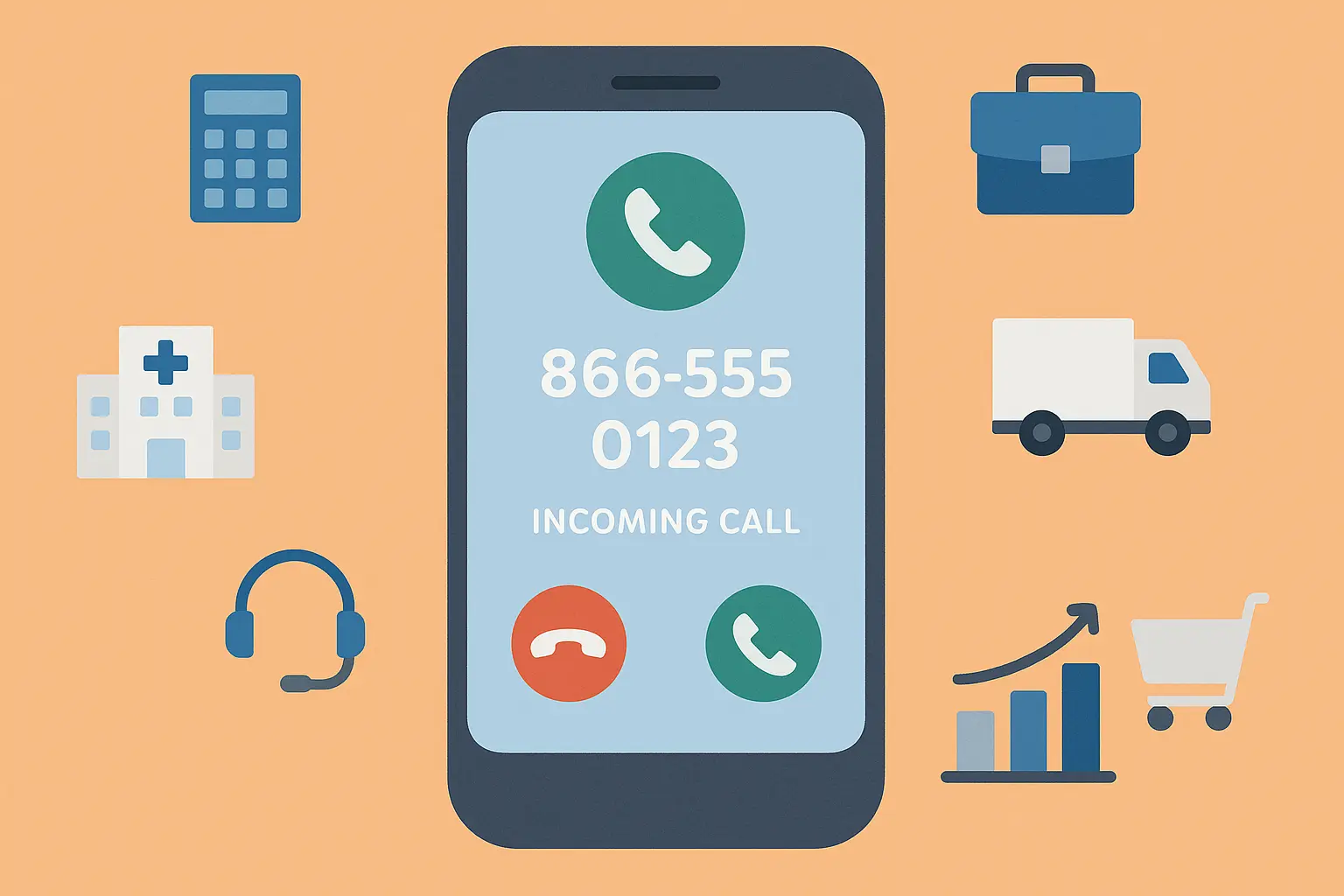
Table of Contents
Table of Contents
-
What Makes 866 Numbers Different From Regular Phone Numbers
-
Why These Numbers Keep Calling You
-
How to Handle 866 Calls Like a Pro
-
Red Flags That Scream “Don’t Answer”
-
Your Rights and What You Can Do About It
TL;DR
-
866 numbers are toll-free – the business pays, not you
-
Most calls are legitimate businesses trying to reach you about your accounts
-
You can legally opt out of marketing calls
-
Frequent calls with no voicemail are red flags
-
Smart tools can help you manage the chaos
What Makes 866 Numbers Different From Regular Phone Numbers
I used to think 866 was just another area code until I learned these work completely differently. When you see 866 calling, you’re looking at a toll-free line where the business absorbs all the calling costs.
This reverse billing system was designed to remove barriers between you and customer service. Sounds great, right? The reality creates some interesting side effects. Since companies pay for each minute, they’re usually serious about the calls they make. But this same cost structure has made 866 numbers attractive to high-volume marketing operations.
Why Businesses Pay for Your Calls
Companies want to make it as easy as possible for you to reach them. They’ve calculated that removing the cost barrier increases customer contact rates significantly. The flip side? Some businesses use this logic to justify aggressive calling campaigns.
Location Doesn’t Matter Anymore
Your local area code ties to a specific city. 866 numbers float freely across the country without geographic constraints. A business in Miami can have the same 866 number as one in Seattle, making it harder to track who’s actually calling.
This location-independent nature is becoming more common in government services too. The Coast Guard recently announced they’re transitioning all their phone numbers to use area codes 206, 866, or 833, regardless of location, according to “Coast Guard Changing Phone Number” Cape Cod Chronicle.
When dealing with various area codes, businesses often need specialized solutions, much like how companies in Miami’s 305 area code face unique communication challenges that require proper handling. This location-independent nature is similar to how modern communication systems handle understanding the US phone number format across different regions.
Why These Numbers Keep Calling You
I started tracking my calls for a few weeks. Most fell into predictable patterns, which made it way easier to decide what’s worth answering.
Turns out, there’s usually a simple reason behind these calls. Most 866 numbers calling you are either companies you already do business with or businesses that have obtained your contact information through legitimate channels.
Your Service Providers Are Trying to Reach You
The majority of legitimate calls come from companies I actually do business with. Banks, utility companies, and subscription services use these numbers for account notifications, billing issues, and service updates that are often time-sensitive.
When my credit card company detected unusual activity, they called from an 866 number at 7 PM to verify charges. The call included my partial account number for verification, and the rep could access my recent transaction history. This is exactly the type of call worth answering.
Healthcare systems have also embraced 866 numbers for appointment reminders and test results. The healthcare industry’s adoption makes sense when you consider that 866 was introduced in 2000 to alleviate pressure on the overloaded 800 toll-free code, according to Simpu’s 866 Area Code Guide.
Marketing Campaigns Are Getting Smarter
Businesses have figured out that 866 numbers make their marketing calls look more professional. Smart marketers assign different 866 numbers to different campaigns, so when you call, they know exactly which TV commercial or website prompted your response.
Each 866 number becomes a data point in their marketing analytics. They can tell which campaigns generate the most calls and which messages resonate with their target audience.
How to Handle 866 Calls Like a Pro
I’ve developed a system that has dramatically reduced my phone stress. Instead of answering every call or ignoring them all, I use specific strategies to identify which calls deserve attention.
Smart Verification Techniques
When I do answer, I ask specific questions that help me quickly determine if the caller is legitimate. Real businesses can usually provide account numbers, reference numbers, or other specific information that scammers can’t access.
My Verification Checklist:
-
Ask for your account number or reference number
-
Request the caller’s full name and department
-
Ask them to verify your address or recent account activity
-
Request a callback number that matches their official website
-
Ask for the specific reason they’re calling
-
Verify the company name matches your records exactly
Document Everything
I keep a simple record of calls including date, time, and what the caller wanted. This log helped me identify patterns and spot repeat scammers.
For example, I received five calls from 866-555-0123 over two weeks, each claiming to be from “Account Services” but never leaving detailed voicemails. When I finally answered, they couldn’t provide my account number. This pattern helped me identify it as a scam and block the number.
Use Technology to Your Advantage
Modern smartphones have made it easier to manage calls intelligently. I use built-in features and third-party tools to screen calls and block repeat offenders.
Essential Tools:
-
Enable built-in spam detection on your smartphone
-
Set up custom ringtones for known business contacts
-
Use voicemail transcription to quickly scan messages
-
Install a reputable call-blocking app
-
Create contact groups for different types of businesses
-
Set up Do Not Disturb schedules for non-urgent hours
Many businesses that call from 866 numbers also send follow-up text messages. Managing these multi-channel communications can get complicated. Auto Forward SMS helps by automatically forwarding critical text messages to your email, ensuring you never miss important follow-ups.
Red Flags That Scream “Don’t Answer”
Not all calls are created equal. I’ve learned to spot warning signs that indicate spam, scams, or overly aggressive marketing campaigns.
Major Red Flags:
-
Multiple calls per day from the same number
-
No voicemail left after repeated calls
-
Calls at unusual hours (very early or very late)
-
Immediate hang-up when you answer
-
Robotic or heavily accented voices
-
Requests for personal information within first 30 seconds
-
High-pressure tactics or artificial urgency
-
Inability to provide specific account details
High-Pressure Tactics Are Dead Giveaways
Legitimate businesses rarely pressure you for immediate decisions or ask for sensitive information like Social Security numbers. When callers create artificial urgency, it’s time to hang up.
I once got a call claiming my “account would be closed in 24 hours” unless I provided my Social Security number immediately. The caller couldn’t tell me which account or company they represented. When I asked to call back, they insisted it had to be resolved “right now.” This combination of urgency and vague details made it an obvious scam.
Your Rights and What You Can Do About It
Federal regulations give you significant power to control marketing calls. Understanding these rights can dramatically reduce unwanted calls.
Opt-Out Procedures That Actually Work
When you ask to be removed from a company’s calling list, they’re legally required to honor that request. I’ve found that being specific about opting out of “all future calls” rather than just “this campaign” tends to be more effective.
Understanding your rights is crucial, especially since businesses can obtain an 866 number for as little as $10 through many VoIP providers, according to Simpu’s pricing information. This low barrier means more businesses than ever can access professional-looking toll-free numbers.
Your Legal Protection Steps:
-
Register your number with the National Do Not Call Registry
-
Keep records of opt-out requests with dates and times
-
Report violations to the FCC within 30 days
-
Document repeated calls after opt-out requests
-
Know that legitimate businesses must honor opt-outs within 31 days
-
Understand you can sue for up to $1,500 per illegal call
The Bigger Picture: Industry Patterns Worth Knowing
After months of tracking calls, I’ve noticed different industries use 866 numbers in characteristic ways. Understanding these patterns helps predict what kind of conversation you’re about to have.
Financial Services Love These Numbers
Banks, credit card companies, and investment firms use 866 numbers for everything from fraud alerts to promotional offers. These calls often require immediate attention, but they can also be persistent with marketing.
Financial institutions operating in major areas face unique communication challenges, similar to how businesses in California’s 415 area code navigate complex regional requirements for customer outreach and compliance.
Healthcare Has Gone Digital
Medical practices use automated 866 systems for appointment scheduling, prescription refills, and test result notifications. While convenient, these systems can feel impersonal when you need to speak with an actual person.
Advanced Management Strategies
Beyond basic call screening, I’ve developed more sophisticated approaches that account for the multi-channel nature of modern business communication.
Think in Communication Workflows
I’ve learned to think about calls as part of larger communication flows rather than isolated events. A call might be followed by emails, texts, or additional calls, so I manage these as connected conversations.
This integrated approach makes sense when you consider that VoIP providers offer comprehensive business communication solutions for as little as $19 per month for three users, with unlimited calls to 35 destinations in 14 countries, according to Quicktalk’s 866 toll-free guide.
Bridge Phone and Text Communications
Many businesses that use 866 numbers for calls also send related text messages for confirmations or updates. Managing these connected communications across different channels can become overwhelming without the right tools.
When managing communications across platforms, businesses often need solutions that work seamlessly, much like how forwarding text messages on Android devices requires proper setup for optimal results.
Auto Forward SMS addresses this challenge by automatically forwarding important text messages to your email, creating a unified record of all communications and ensuring nothing falls through the cracks.
Quick History: Why We Have So Many Toll-Free Numbers
866 numbers exist because we literally ran out of 800 numbers. Back in the day, 800 was the only toll-free option. As more businesses wanted memorable numbers, available combinations got exhausted. The FCC had to create additional toll-free codes to meet demand.
The demand continues growing, which is why the FCC approved the newest 833 area code in 2017. According to “Newest Toll-Free Area Code 833” WTOP, this expansion was specifically designed to address high demand and open up availability of “vanity” numbers for businesses.
What to Do Next
These numbers aren’t going anywhere. More businesses are adopting them as their primary customer contact method. The key is developing a smart approach rather than letting them control your phone experience.
Most calls are actually legitimate attempts by businesses to communicate important information. The challenge is separating valuable communications from the noise of aggressive marketing and potential scams.
Your Action Plan:
-
Set up call screening on your phone today
-
Create a simple log to track patterns
-
Learn the verification questions that work
-
Register with the Do Not Call Registry if you haven’t
-
Use apps to bridge your phone and text communications
-
Don’t be afraid to hang up on suspicious calls
Remember, you have more power than you think. Use your legal rights, leverage technology, and be selective about which calls deserve your time. With the right approach, you can take control of your communication experience instead of letting it control you.
